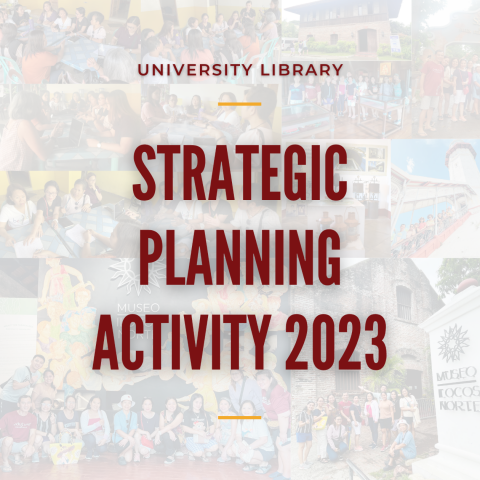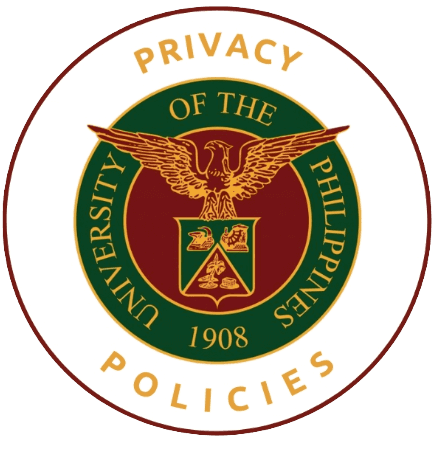The University Library of UP Manila recently conducted its Strategic Planning activity with Museum and Cultural Tour on July 12-14, 2023, at Ilocos Norte/Sur and was organized by the Team Building Committee 2023.
The activities with the theme "RnR: Reskilling and Recalibrating Strategies for Enhancing Library User Experience" are anchored in the following objectives:
- Continuous professional development and self-enrichment of library personnel;
- Promote the highest standards of competencies and skills of all staff;
- Ensure sustainable health and wellness programs for the library; and
- Reflect the commitment of the library to create a welcoming, inclusive environment for all its stakeholders
This 3-day activity begins with a review of the existing plan and a discussion on the current strategic position of the library in the university.
The Strategic Planning session opened with Marlene Patron, Chairperson of Team Building 2023, making welcoming remarks.

Following that, a discussion of the current strategic stance of the unit takes place. The area of Library Staff Development was the highlight of the planning activity.
We agreed to identify and come up with opportunities for deliberate staff growth. The awareness and understanding of global trends and how they influence libraries was mentioned.
Through proactive staff development and training, we can ensure exceptional customer service to our academic community.

Library staff participated in a brainstorming session.

Key terms that came up during the discussion of the library's strategic planning activity.
Marlene Patron, Chairperson of the Team Building Committee, wrapped up the discussion by addressing a question from Ms. Castro, on creating a culture of inclusion in the workplace.
Maria Nimfa V. Castro, the University Librarian, gave her closing remarks.

Aside from the morning strategic planning session, the group visited various museums in Ilocos, which are known for their rich history, vibrant culture, and breathtaking landscapes. Going to a museum provides us inspiration and ideas to innovate our libraries. It also encourages critical thinking by offering context for complicated ideas, challenging our preconceived notions, and presenting unconventional ways of thinking.
Malacañang of the North
The Malacañang of the North, also known as the Malacañang ti Amianan in Ilocano, is a presidential museum in Paoay, Ilocos Norte. It was the home of the family of Ferdinand Marcos when he was President of the Philippines.
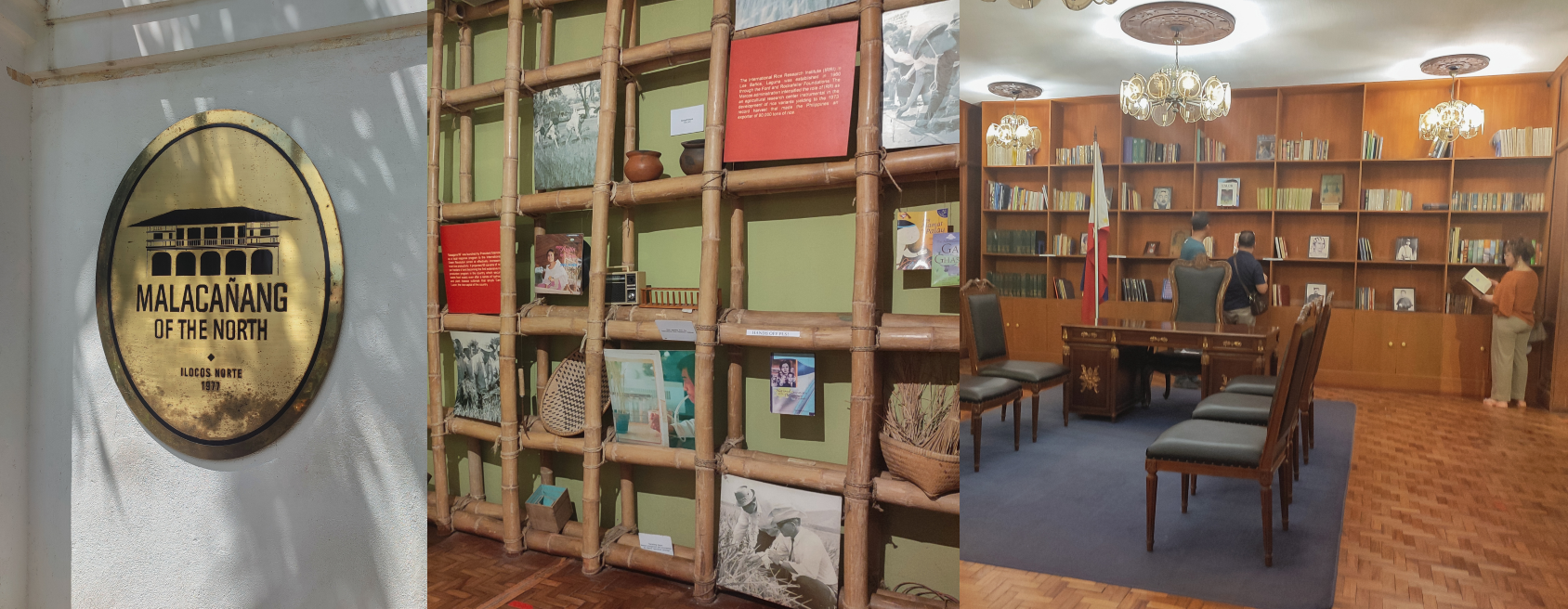
It is a two-story mansion overlooking Paoay Lake, with seven (supposedly a lucky number for Marcos) rooms, each with a theme of historical events from the Marcos era: Study, Agriculture, Diplomacy, OFW (overseas Filipino workers), Culture, Nation Building, and Family.
Cape Bojeador Lighthouse
The lighthouse at Cape Bojeador is the highest-elevated lighthouse in the Philippines that is still operational and preserved in its original form from the Spanish-Colonial period.
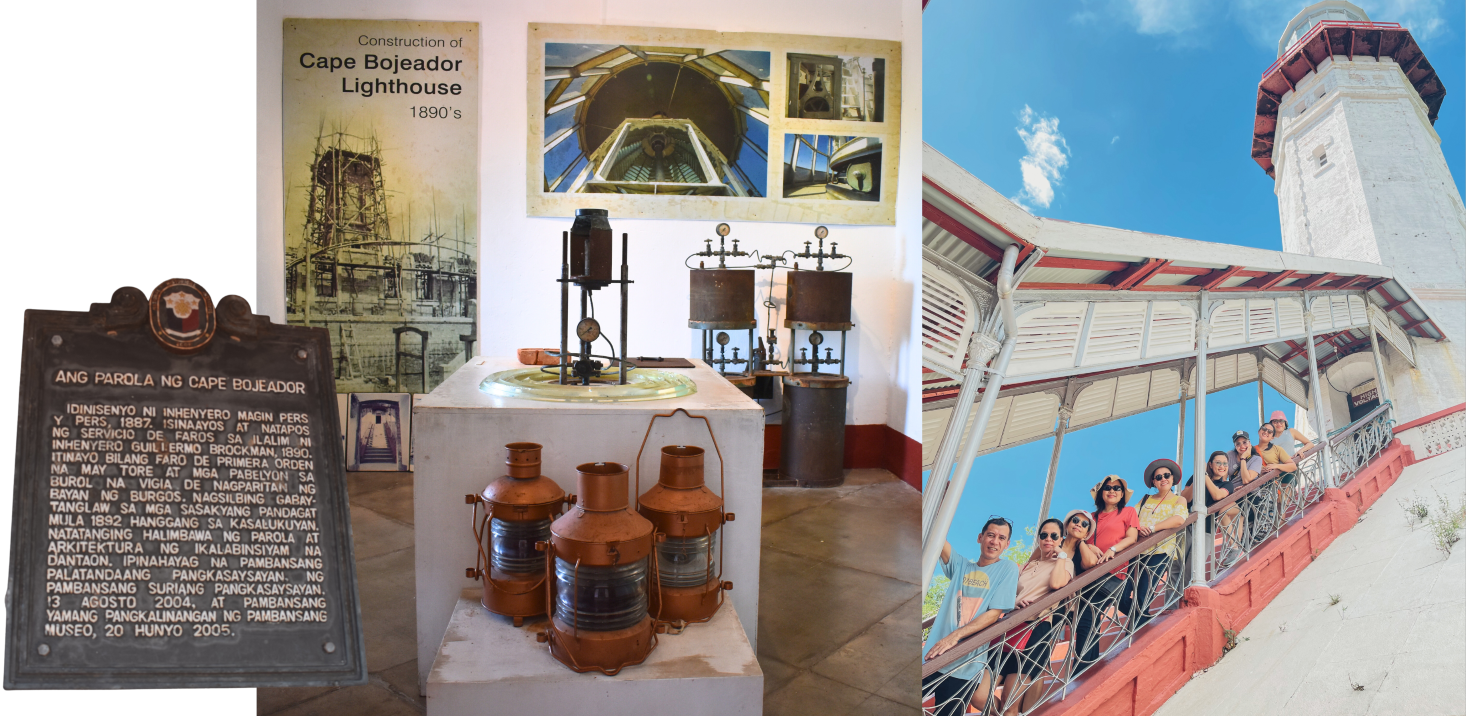
The Cape Bojeador Lighthouse, proclaimed a cultural heritage in 1892, was planned by Magin Pers y Pers in 1887 and completed by the Lighthouse Service under Guillermo Brockman.
Both Spanish engineers built numerous lighthouses around the Philippines as part of the grand goal to illuminate the archipelago by the Spanish government.
Sarrat Museum
Sarrat Museum is the birthplace of the late President Ferdinand E. Marcos. More fittingly, the Marcos Museum is the Edralin house, where Marcos was born on September 11, 1917, to Mariano and Josefa Edralin Marcos, both from well-to-do school teachers. He stayed here until the age of eight years old when his family relocated to Batac.
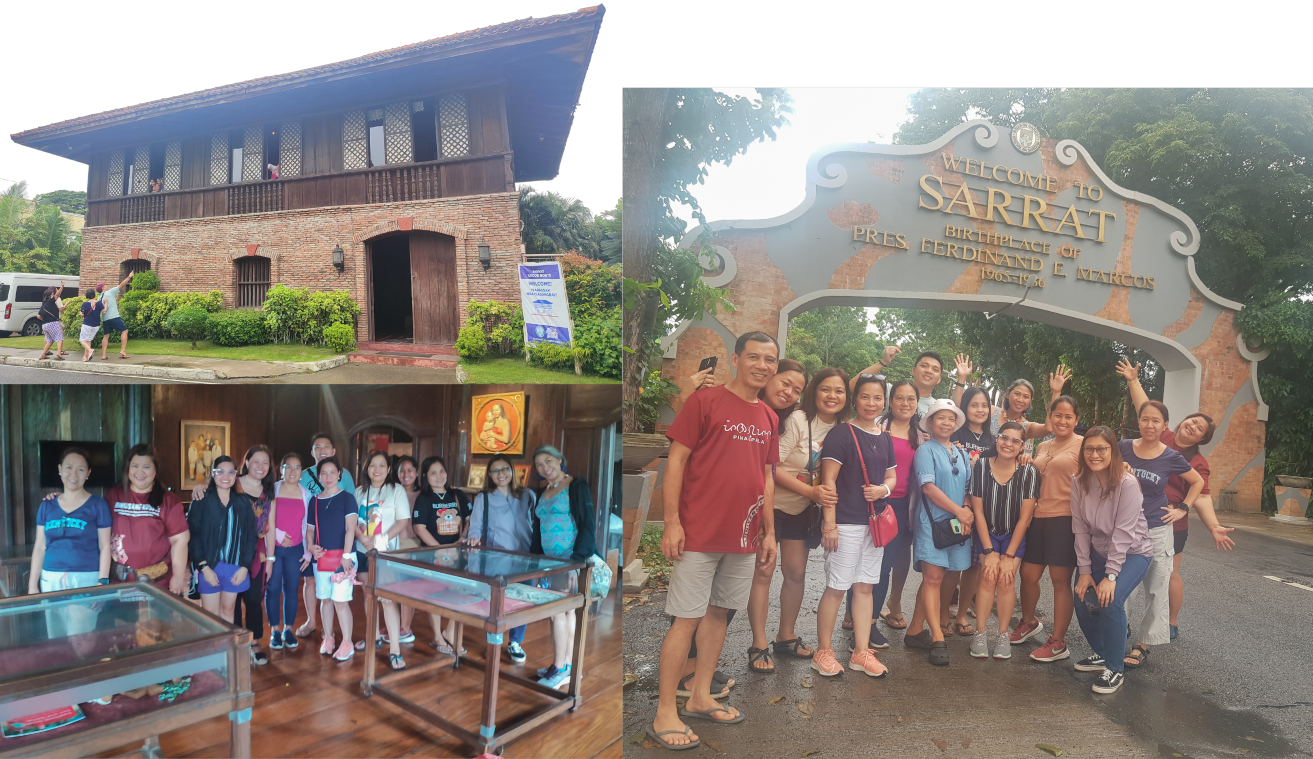
The house was a classic two-story bahay na bato at the time, with a red brick ground floor for storage and a wooden top level with a hardwood floor for living quarters overlooking the Padsan River. Many of the antiques were from the Malacañang Palace Museum.
Museo Ilocos Norte
The Museo Ilocos Norte is in Laoag, Ilocos Norte. It houses a stunning collection of Ilocos' rich legacy and ethnography of the Ilocanos, Igorots, Itnegs, Yapayaos, and other ethnicities. The museum was built in an old Tabacalera, or tobacco warehouse, near the Provincial Capitol.

A visit to the Ilocos Museum is a visual delight, with everything from traditional household items to farming equipment historic bahay na bato house models, and the significance of garlic in their life.
Burgos Museum
The Padre Burgos Museum is one of the three historic buildings that are part of the National Museum Ilocos Regional Museum Complex. The museum is a 1788-constructed ancestral home that was declared a historical building due to its connection to the martyred priest, Fr. Jose Burgos (1837-1872), whose death together with two other priests provoked colonial resistance against Spain.
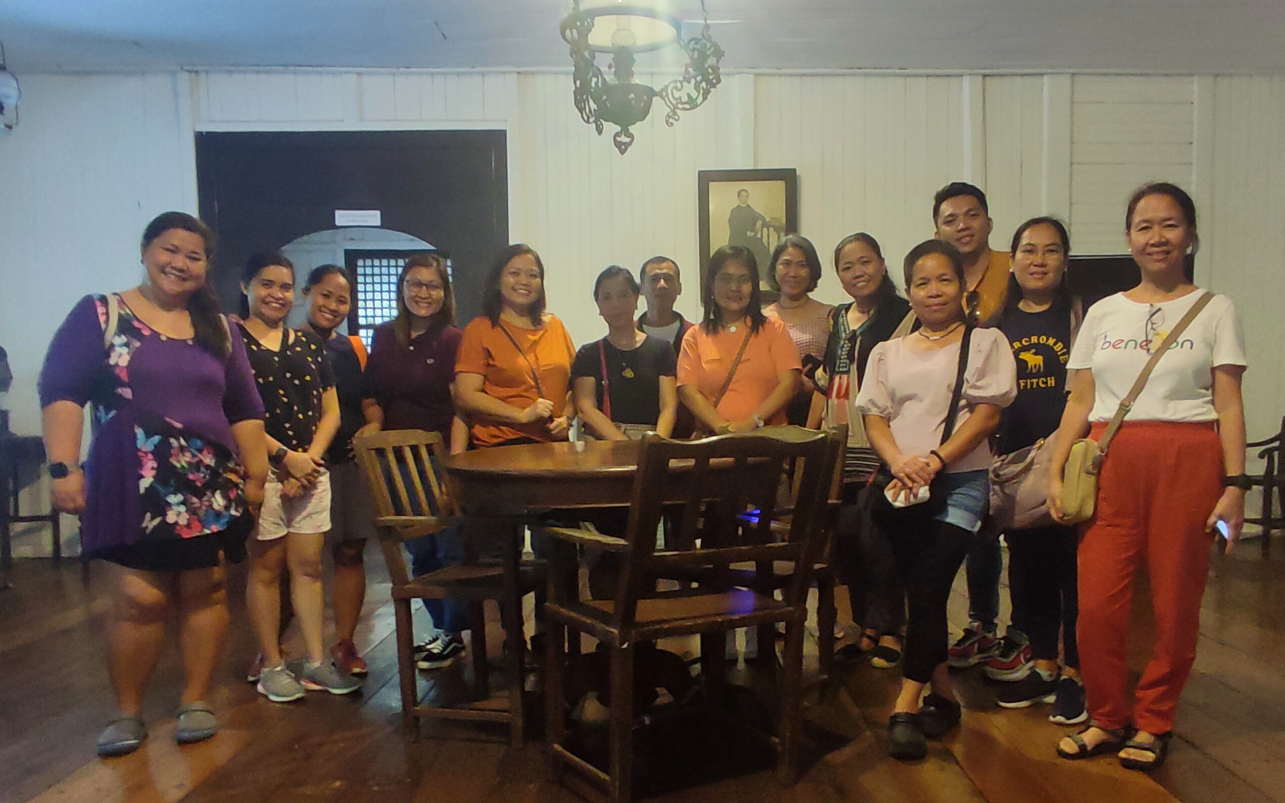
The culminating activity is a cultural tour exploring heritage houses, churches, traditions, and cuisines of the Ilocos.
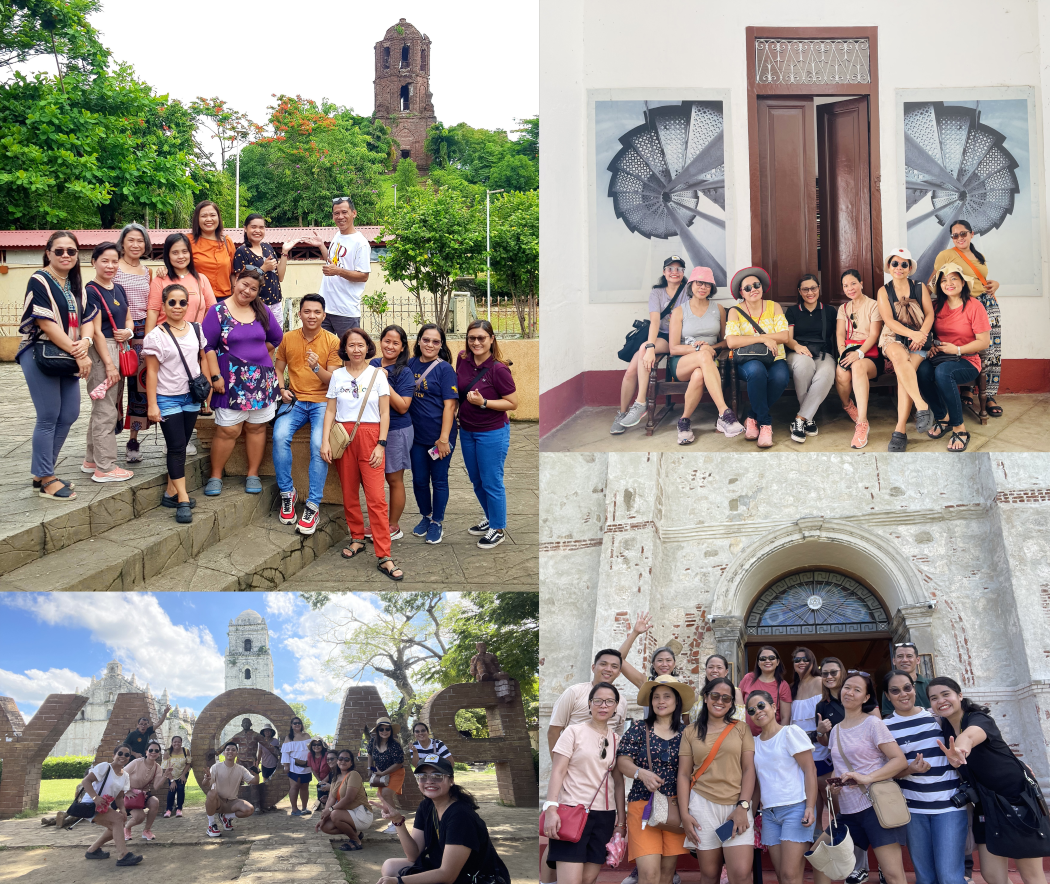
Overall, the UL staff engaged in strategic planning, foster team building, and camaraderie among each other during this outbound trip.

